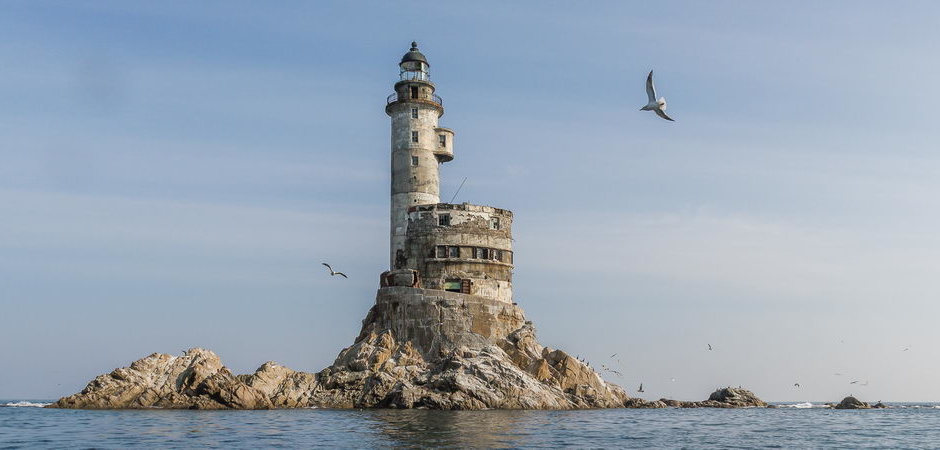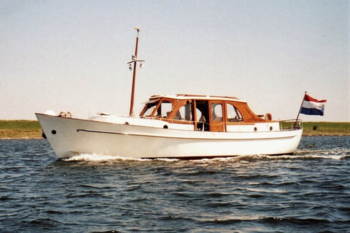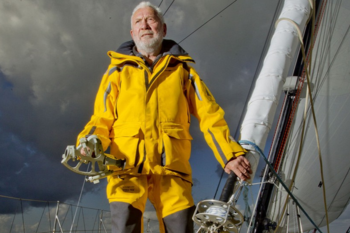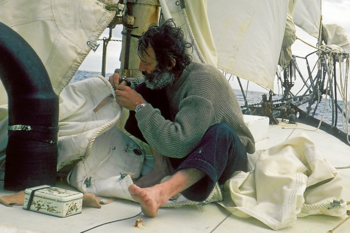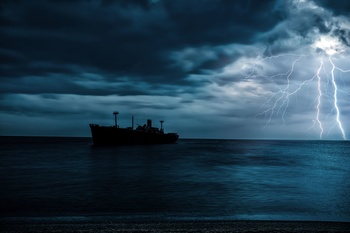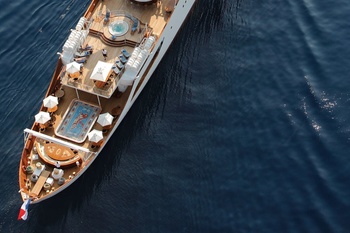Serving as lighthouse keeper is definitely not for wimps. These people live alone, experiencing violent storms, and in the event of a shipwreck nearby immediately come to the rescue. They have to master themselves flawlessly, be self-sufficient and feel confident at high altitude. However, today's representatives of this unusual profession take much less risks than their predecessors a hundred years ago.
We'll tell you about the five dangers faced by beacon keepers at the beginning of the last century.
Open fire.
Before the invention of the light lens, the light of the lighthouse was ordinary fire. And if it suddenly went out of control, there could be a disaster, which was especially dangerous on the first wooden beacons. In 1755 a tower caught fire at Ediston Lighthouse on the rocky southern coast of England. When Henry Hall, the
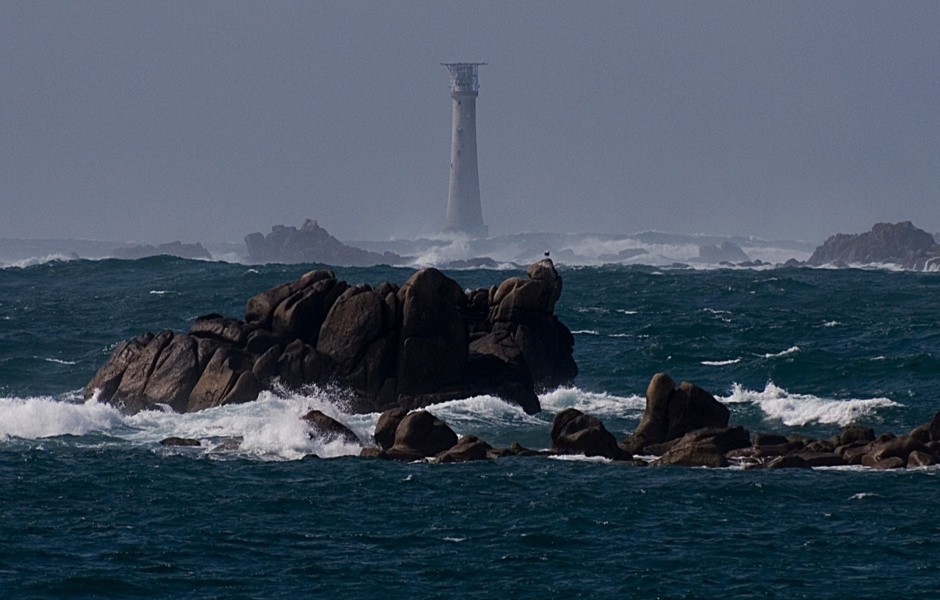
The duty of the caretaker
Ida Lewis is the daughter of a Lime Rock lighthouse attendant in Newport Harbor on
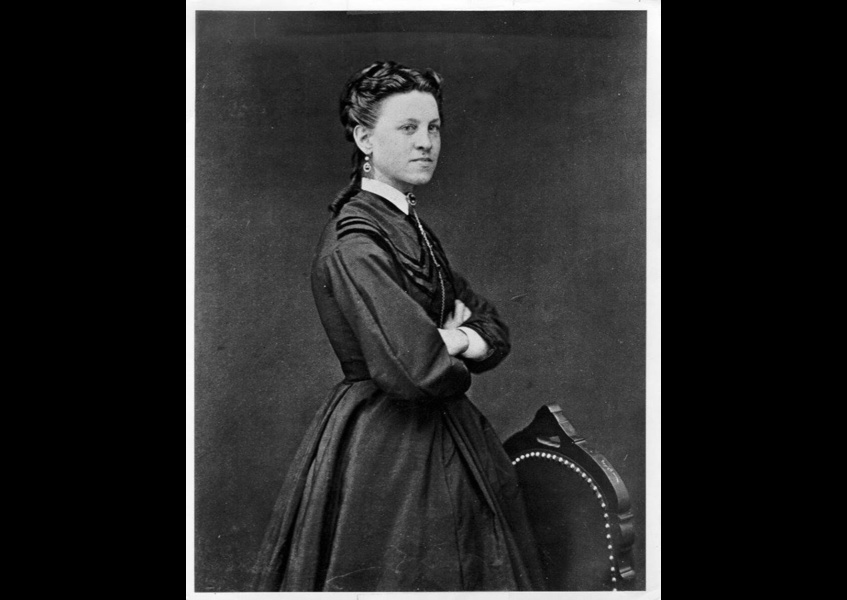
Ida learned how to operate a boat as a child when she was transporting her younger siblings to the mainland to a school 200 meters from home. Ida had to take part in the first rescue operation as a teenager - four boys rolled over on a boat nearby and she pulled them ashore. Ida saved about 18 people in total, but unofficial sources say there were twice as many. One day she even had to make a rope out of her clothes to get the men out of the ice-hole.
Ida spent her life at Lime Rock Lighthouse - after her father's death in 1879 she took over the caretaker's service as an heir. At the time, women worked at lighthouses quite rarely. Usually this happened when the lighthouse keeper - their husband or father - died and they decided to continue his work. Ida Lewis served as lighthouse keeper for 32 years, until her death in 1911. In 1924 the Rhode Island authorities renamed the Lyme Rock Lighthouse into Ida Lewis Lighthouse.

Unpredictable storms.
The magazine left by three men fleeing the Eileen Sea (the highest point of the Flannan archipelago) on the north coast of Scotland in panic is sad proof of how variable and dangerous sea weather can be. When the man who was to replace the Flannan lighthouse keepers finally reached the island after a monstrous storm, he found none of the three men. A stopped clock, an upside-down chair and a cloak were all they had left behind to escape. The last entry in the log was this:
«December 12th. The day. Strong
December 12th. Midnight. The storm is
December 13th. Noon. Storm all through the night. Grey daylight. Dukat and MacArthur crying and praying.
December 14th. No way out. Everybody's praying. December 15th. The storm is over. The sea is calm. God is above everything».
Apparently, the caretakers decided to leave the island when the storm had a little verse. However, they failed to use the rescue equipment, which was 32 meters high on the opposite side of the island: it was damaged by the storm.
Most likely, men were washed away in the sea by the incredible height of the waves. How it really was - no one has the answer to that question.

Poisonous mercury vapors.
Before electricity spread widely enough, massive lenses (weighing up to 2.5 tons) were installed on beacons, continuously rotating all day. In XVIII-XIX centuries the lens was usually moved on wheels or bearings, or attached to a clockwork mechanism, which the caretaker periodically winding. In the 1890s some caretakers began to place the lens in liquid mercury,
It's no secret that mercury poisons cause mental changes, depression and hallucinations. William Brown, the first lighthouse keeper on the Ballenas Islands in British Columbia, was sent straight from his post to a madhouse in May 1905 after sending a strange telegram to a colleague. His wife, who lived with him at the lighthouse, confirmed William's cruel behavior. Returning to the lighthouse in June after treatment, he did not spend a year in his position - in April 1906, history repeated itself. It cannot be said for sure, but researchers believe that it was poison metal that played a significant role in the development of Brown's disease.

Long-term isolation.
Working as a lighthouse keeper often attracts people who, for one reason or another, have not found their place in society. Sometimes privacy is tolerated quietly by them, and sometimes a long absence of
It happens that a person can become dangerous to others, for example, in 1915 on Clipperton Island, 1000 km off the south-west
Four men were outfitted to go for help but sank with the boat, leaving the caretaker Victoriano Álvarez with a dozen islanders. He secretly collected all the weapons on the island and drowned them in the sea, after which he took the women into slavery, with all its consequences for them. Only two years later, Tilza Randon managed to free her friends, depriving Alvarez of her life with a hammer while he was sleeping. Luckily, there was a boat nearby that took the Mexican victims off the island.
According to Amorina Kindon.


